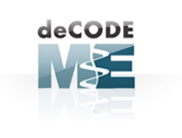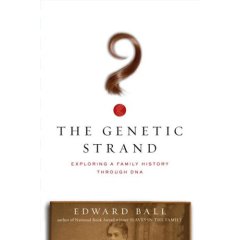
Today, deCODE genetics announced the launch of their consumer genotyping service, deCODEme.deCODEme is the first personal genomics company to launch, and will provide sequencing information about 1 million SNPs for the introductory price of $985.The service has two components:
1.The genotyping of ~1 million SNPs (single nucleotide polymorphisms, or personal differences in the genetic code), and;
2.A secured website for presenting the data obtained from the sequencing.
The official press release from the parent company deCODE genetics, contains some interesting information about the product:
“Through your subscription to deCODEme, you can learn what your DNA says about your ancestry, your body –traits such as hair and eye color– as well as whether you may have genetic variants that have been associated with higher or lower than average risk of a range of common diseases. This information will be continually updated as new discoveries are made.

